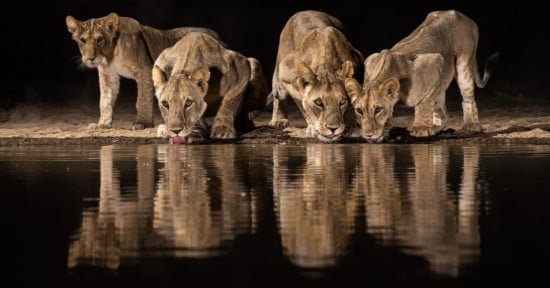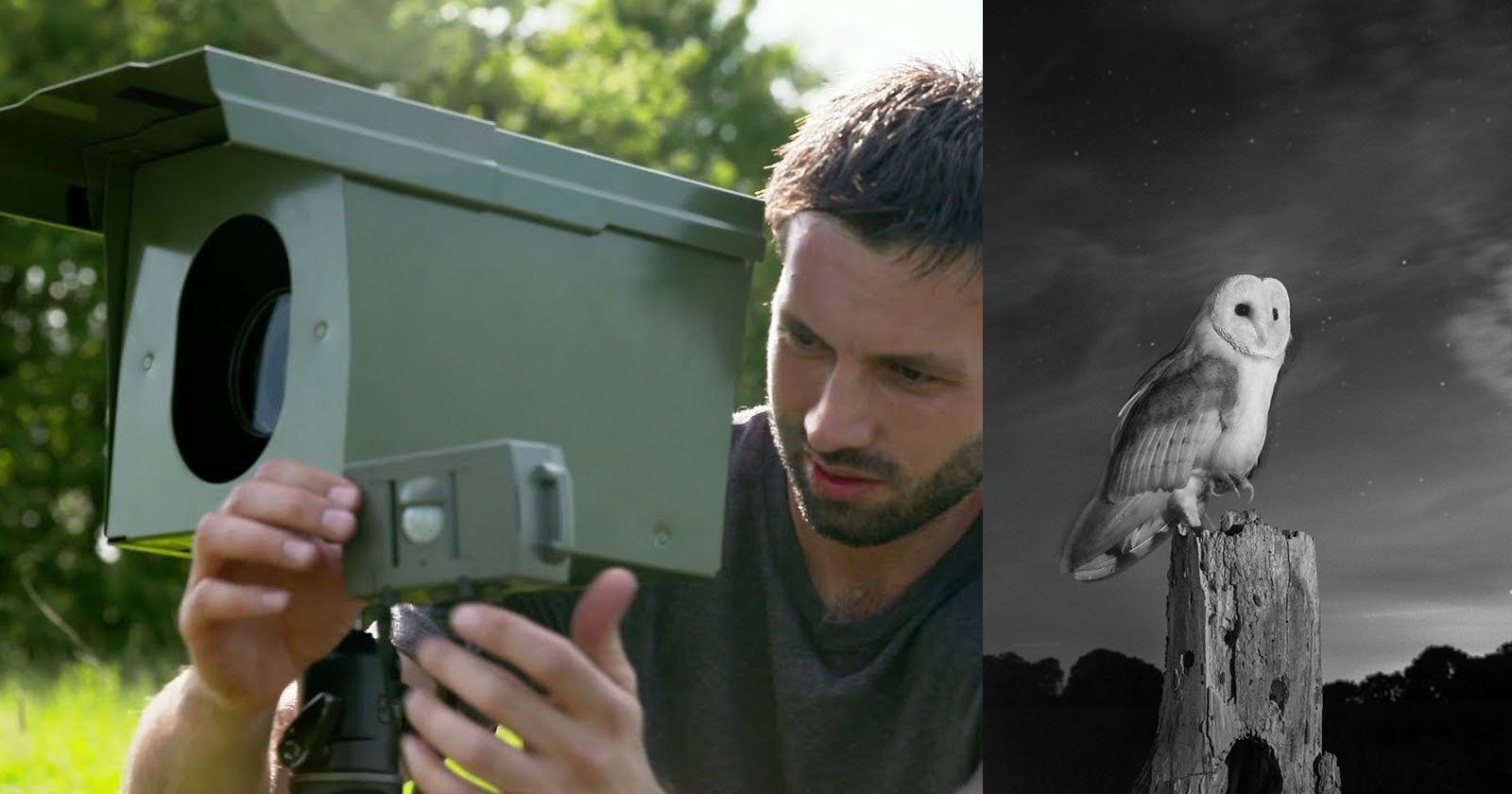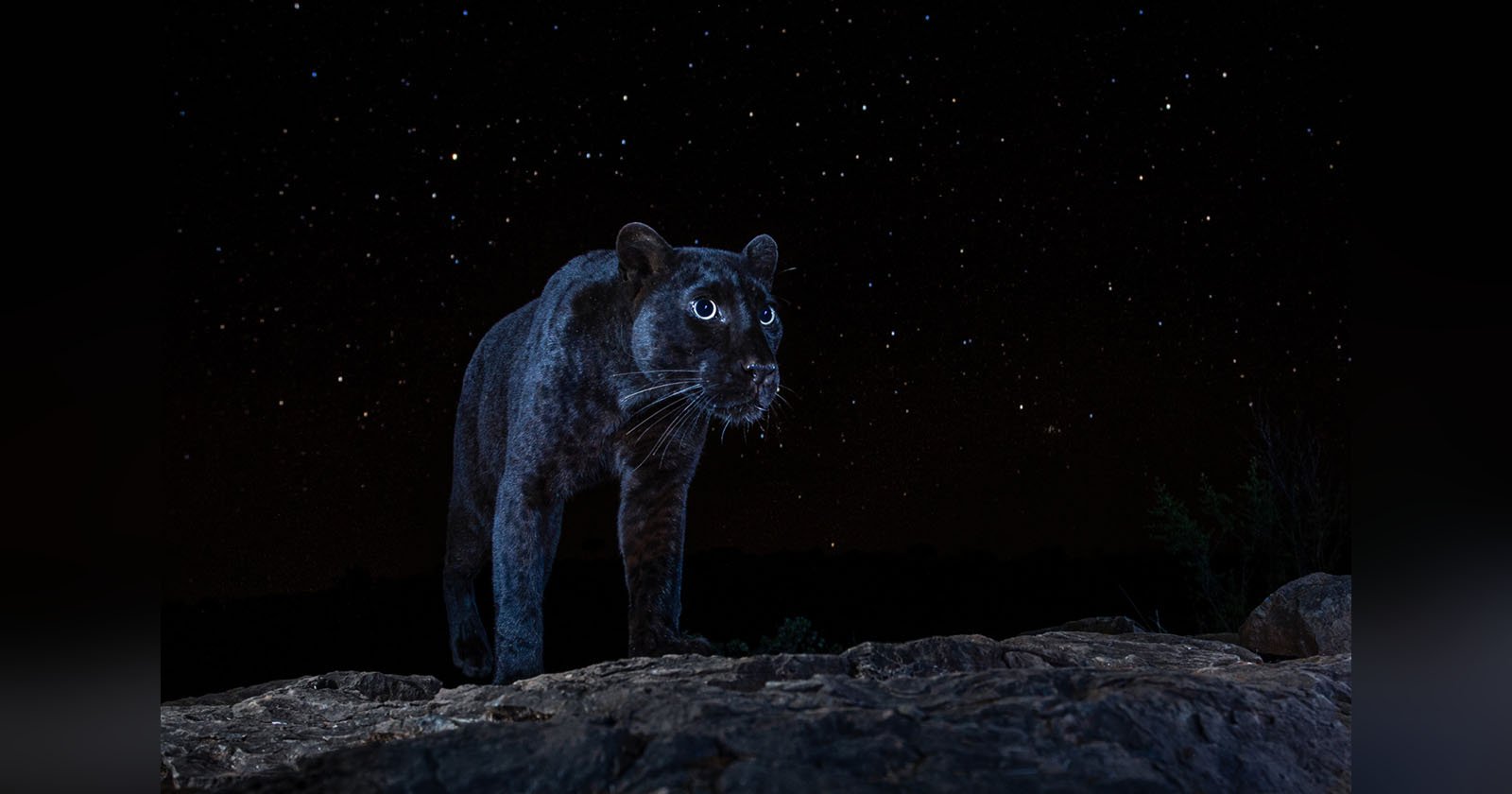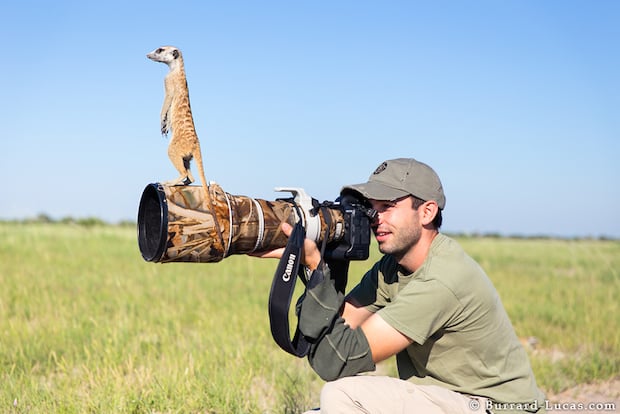Photographer Places Camera Traps Deep in African Rainforest
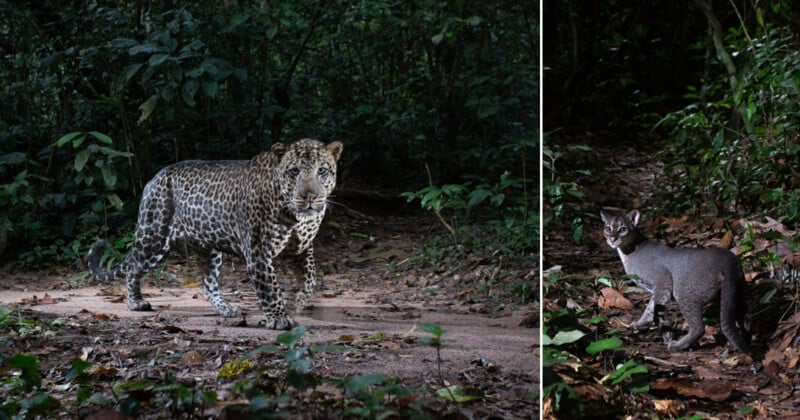
Photographer Will Burrard-Lucas spent 12 months operating remote cameras deep in the Congo rainforest to reveal some of the region’s most elusive species in breathtaking detail.
The dense jungle environment in Central Africa provides plenty of hiding spaces for lesser-seen forest elephants, golden cats, and red river hogs. But Burrard-Lucas couldn’t just wander around with a camera in the jungle to get pictures of these animals. The thick vegetation means he could find himself dangerously close to a wild animal before realizing the hidden danger.
“This project was one of the most difficult I’ve ever undertaken, but the results were worth the effort,” says Burrard-Lucas. “The rainforest is teeming with life, yet so much of it remains unseen. Camera traps provide a rare window into a hidden world.”
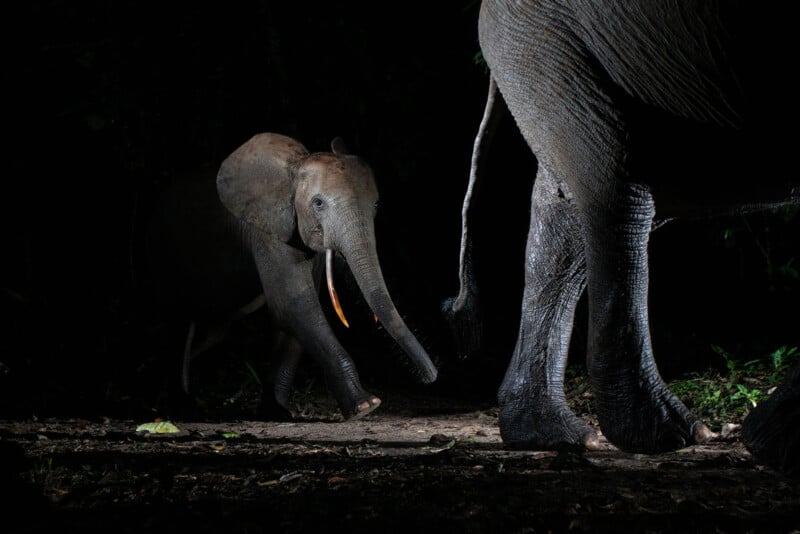
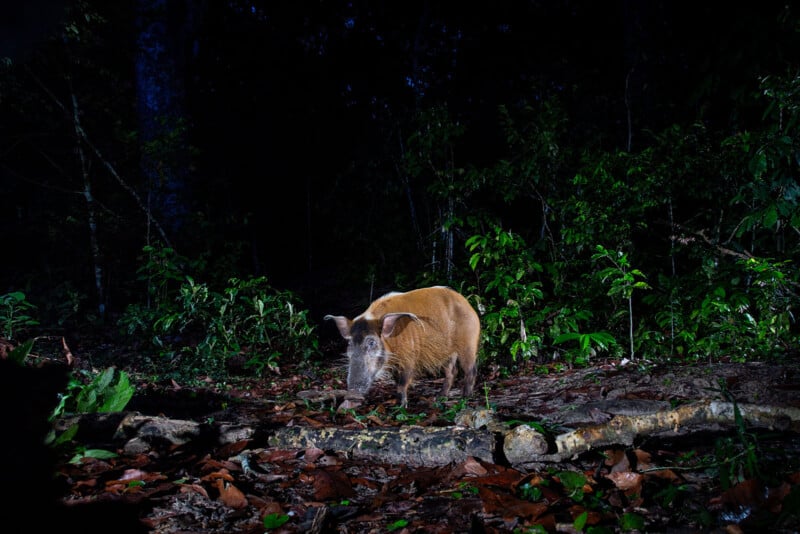
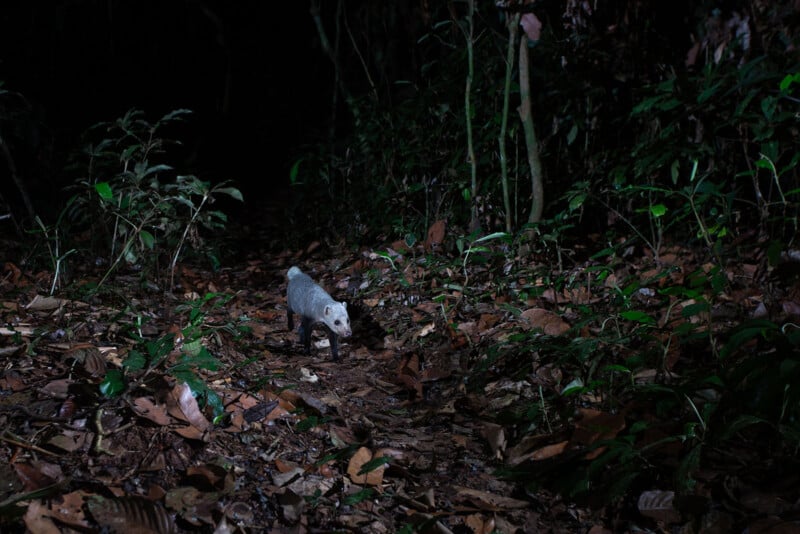
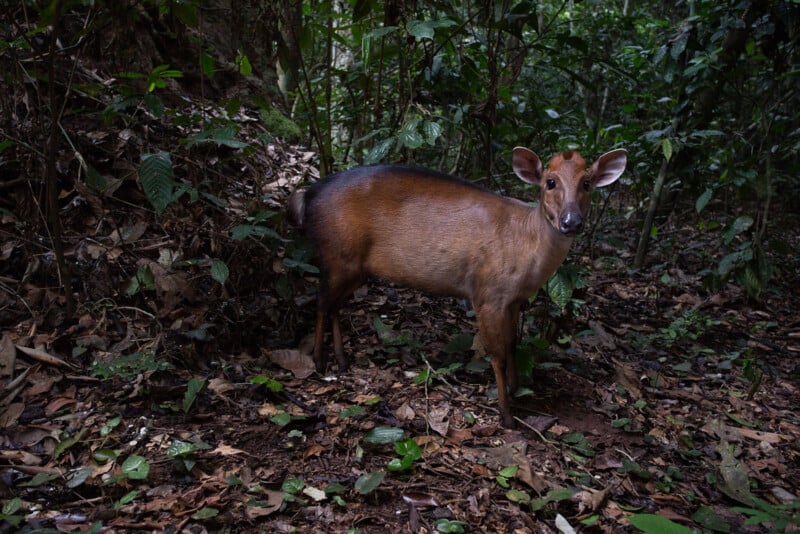
Burrard-Lucas recently wrote about his experiences capturing forest elephants in the Congo for PetaPixel. But that wasn’t the only wildlife he was interested in preserving on film. He brought several Camtraptions camera traps to Mbeli Bai, a vast forest clearing deep in the Congo Basin.
“One of the animals that I was most keen to photograph was a leopard. To select spots for my camera traps, I was relying on researchers and Bayaka trackers who had been studying the wildlife around Mbeli Bai for years,” Burrard-Lucas writes on his blog.
“They were able to point me in the direction of a couple of trails that they thought would be most likely to yield results and I set up my traps, each consisting of a camera in a housing, a sensor, and two or three flashes. The mere possibility of capturing a photograph of such an elusive creature was incredibly exciting.”
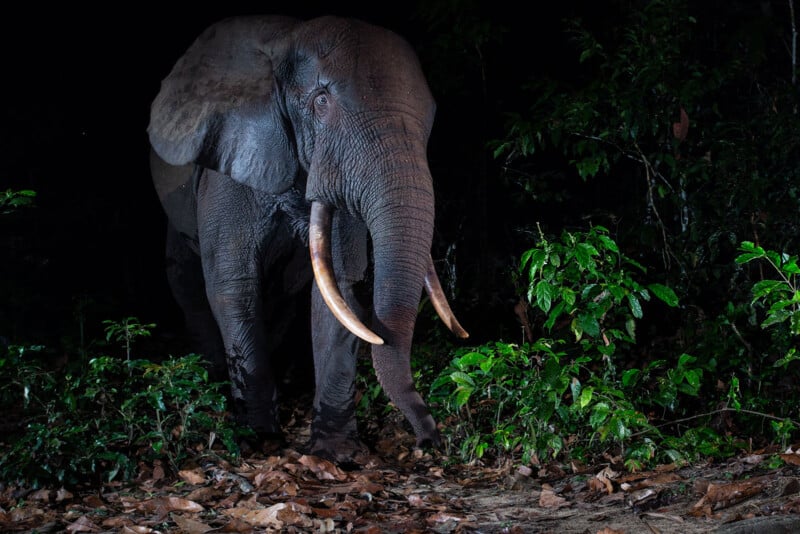
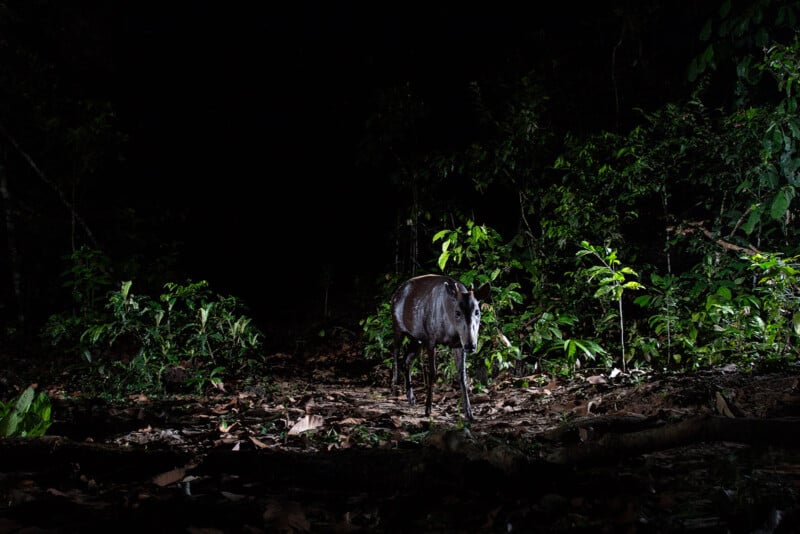
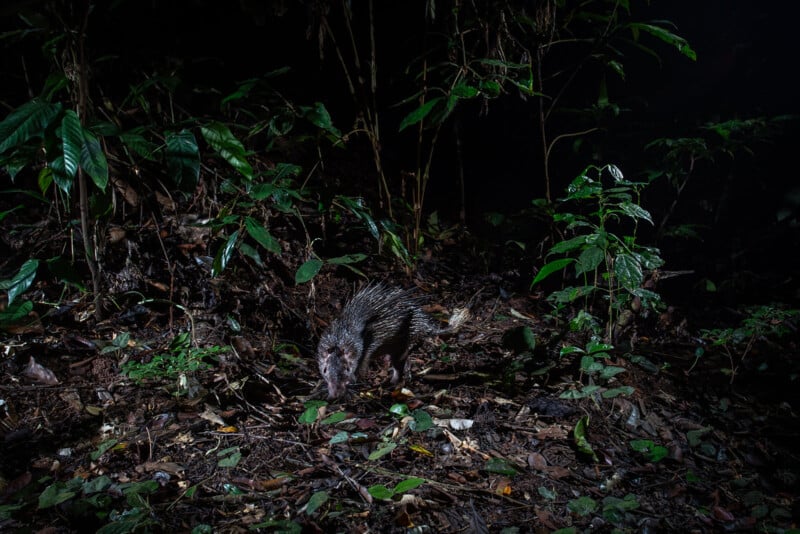
Throughout the course of the project, Burrard-Lucas encountered difficulties maintaining the camera traps as bad-tempered elephants were prone to destroying the gear and he even had problems with ants eating rubber bungs and seals. One night during a storm, a tree branch landed on one of his flashes and obliterated it.
“Despite the challenges, it wasn’t long before the traps started generating results. Checking the cameras was a real treat, as most species captured were rarely seen or photographed,” he adds.
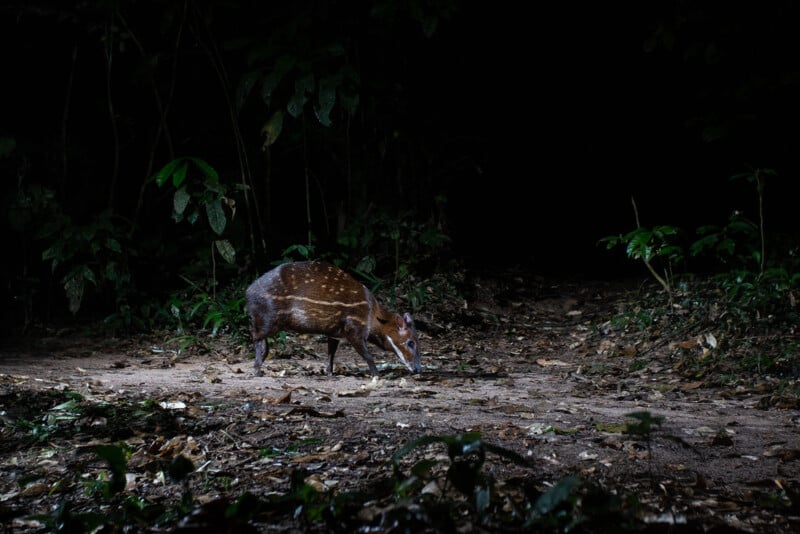
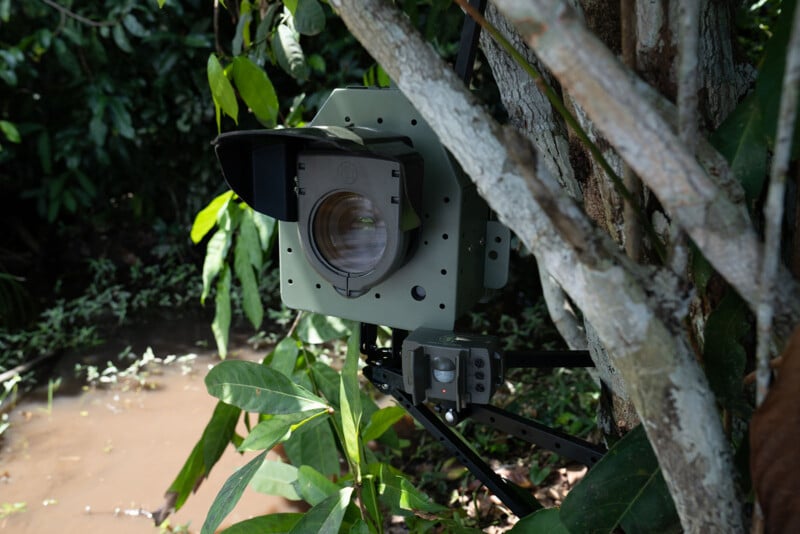
Despite the numerous challenges of undertaking such a project in a difficult area, the effort paid off — Burrard-Lucas captured mongooses, duikers, and a golden cat, along with many other rarely seen species. But one creature stood out more than most: a large male leopard which a remote camera caught on a secluded trail close to Mbeli Bai.
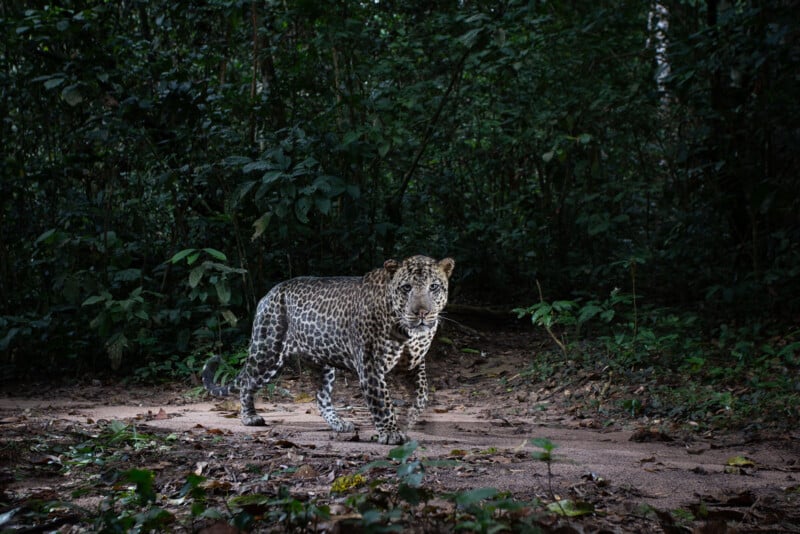

“Beyond the excitement of seeing rare and elusive wildlife, our hope is that these photographs can contribute to conservation efforts by inspiring and connecting people with the biodiversity of the Congo Basin,” Burrard-Lucas writes.
“While camera traps are widely used for scientific research, capturing high-quality images of rarely seen species can help bring attention to these hidden ecosystems and underscore the importance of protecting them. Many of the animals photographed remain poorly studied, yet their survival is already threatened by habitat loss. Every image is both a celebration of the forest’s richness and a reminder of what is at stake if these ecosystems are not safeguarded.”
Image credits: Photographs by Will Burrard-Lucas in collaboration with the Wildlife Conservation Society.
